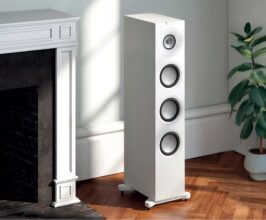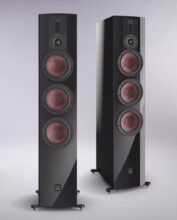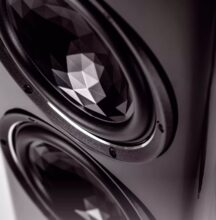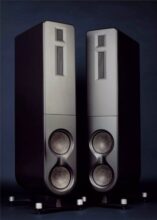KEF R11 Meta Review
KEF introduces the new R-Series with Meta technology and numerous detailed improvements. The goal is to bring the highest quality of the Reference models, especially the flagship R11 Meta, into a more affordable range. Tested at around €6,500.
by Tom Frantzen
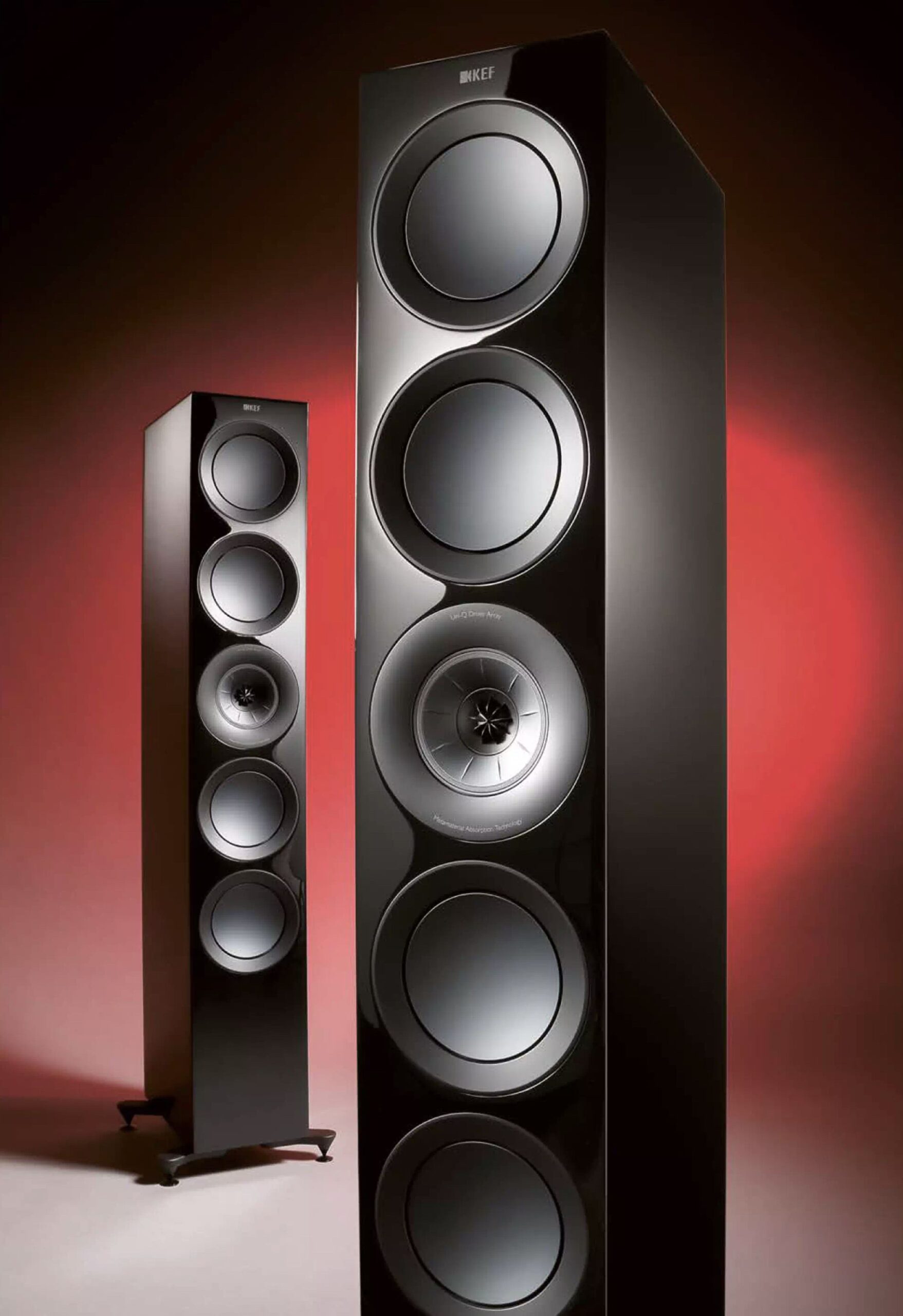
Integrated Amplifiers: Audionet WATT, Cyrus Classic Amp, Cyrus 3i, Musical Fidelity M8xi
Speakers: DALI Epicon 6, Martin Logan Motion 60XTi
Cables: HMS, Silent Wire, Supra
The Uni-Q coaxial driver, refined and optimized over generations, is a signature feature of KEF. It forms the acoustic center of the R11 Meta and its six siblings in the R-Series, acting as the highlight or crown jewel of their design. Here, we will present the latest generation of this top-tier driver, based on the MTA/Meta technology, and compare it to its predecessor, which we have had the chance to experience in various forms, from compact to high-end models like the KEF Reference 5 Meta and Blade 2 Meta.
In particular, the developments in the “Formula 1” tier of KEF’s portfolio, led by Dr. Jack Oclee-Brown, have greatly benefited the R Meta series.
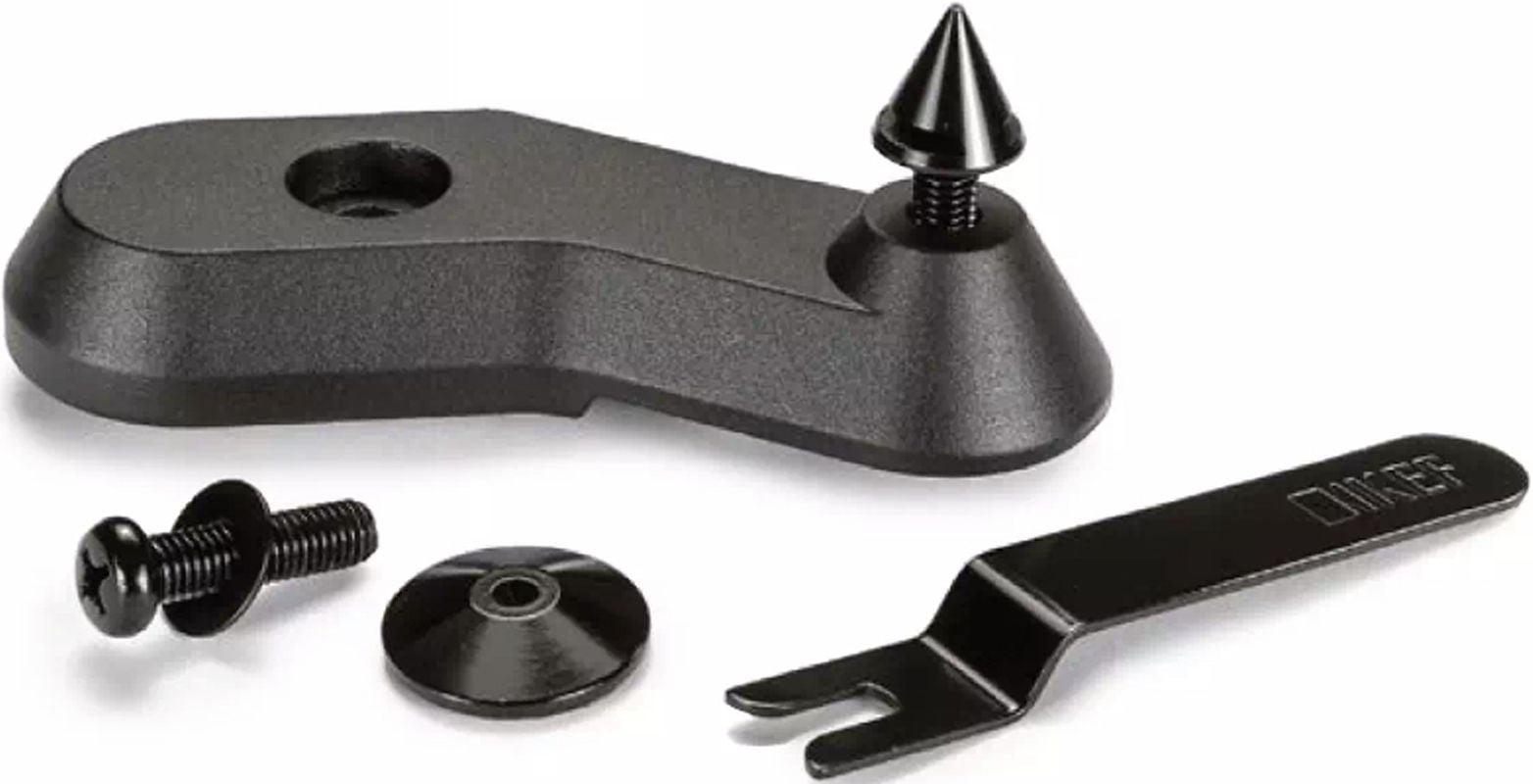
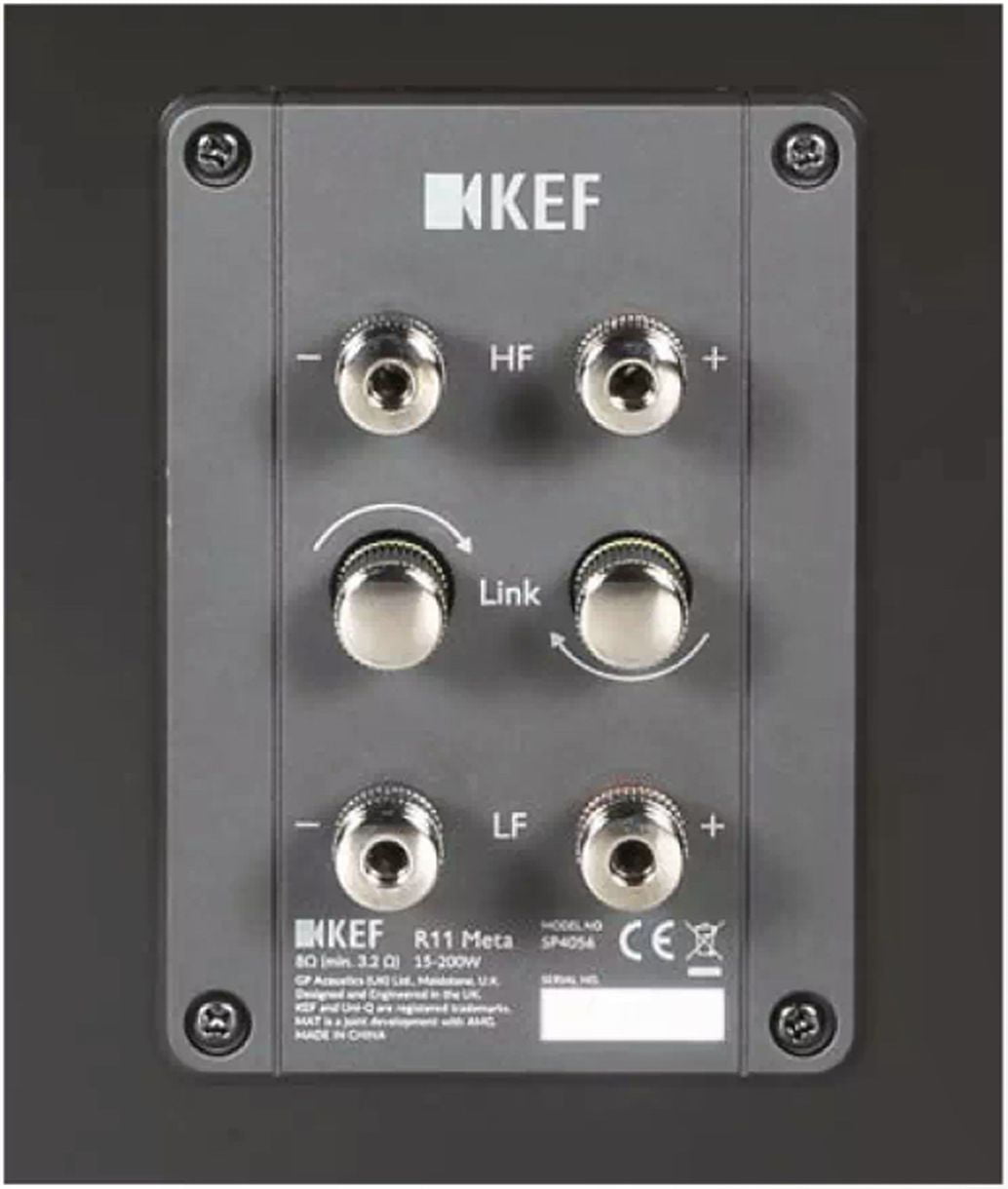
The term “Meta” refers to KEF’s “Metamaterial Absorption Technology” (MAT), which uses a labyrinthine structure of fine channels behind the tweeter to absorb 99% of unwanted rearward sound, including its distortions. This provides incredibly clean and detailed sound articulation and greater natural accuracy.
Small modifications to the waveguide of the Uni-Q, the damping of the tweeter embedded in the Uni-Q, the decoupling of drivers from the cabinet, and tweaks to the bass drivers have led to numerous improvements. The bass reflex ports, known as “Flexible Ports,” also combat resonances due to the material of their walls. While this doesn’t significantly affect the sound, it does make the KEF terminal more user-friendly, allowing users to toggle connections with a pair of “Link” knobs rather than dealing with cable bridges in the bi-wiring terminal.

As part of the “Meta” upgrade, the crossover was carefully reworked, with special attention given to optimizing the signal path. The KEF design reflects the latest simulation and analysis techniques, alongside extensive listening sessions where certain aspects were reassessed.

The “Constrained Layer Damping” of the cabinet, with its intricate bracing, ensures remarkable stability and acoustic neutrality by minimizing vibrations and discolorations. At 36.5 kilograms, the R11 Meta is no lightweight, but combined with the decoupling of the drivers, it enhances sound quality significantly.
The slightly “midrange-focused” tuning from the previous generation remains, related to the Uni-Q, which handles the crucial frequency range from about 330 Hertz. To make it clear, the Uni-Q’s extraordinary timing and imaging abilities are, in my opinion, preferable to the inclusion of an additional super tweeter, which KEF attempted years ago. The Uni-Q’s characteristically subtle brilliance might initially seem lacking, but this is actually due to its extremely low distortion and seamless frequency response. In fact, distortion in the mid-high range has been reduced from an impressive 0.2% to a remarkable 0.04%!

As mentioned, the Uni-Q doesn’t require upper extension, but the R11’s large cabinet needs appropriate drivers for the lower frequencies. The engineers from KEF’s Kent Engineering & Foundry in Maidstone faced the challenge of complementing the Uni-Q’s strengths with matching qualities for the bass frequencies. A look at the Meta’s impulse response shows an almost perfect performance, especially for a three-way speaker.
The chosen drivers are four hybrid woofers with concave 165 mm aluminum membranes, supported by acoustic-friendly paper cones. These offer more excursion, and combined with their agility, they effectively act as a larger driver without the mass’s inertia.

Even though the price of the KEF R11 increased with the introduction of the Meta version, this is understandable considering the quality improvements. Spoiler alert: the R11 Meta’s performance fully justifies the price increase.
Silvia Droste’s expressive voice is perfectly focused between the two tall speakers, thanks to their excellent depth layering on the well-lit stage, and it extends slightly beyond the speakers’ width.
How does it sound?
This is where the point source truly shines. The same applies to the Bavarian Radio Symphony Orchestra under Mariss Jansons during Dvorak’s “Symphony from the New World,” where the R11 delivers an almost perfect rendering, missing no detail.
The dynamic shifts and tempo changes in this work are handled with ease, and the speaker conveys the emotional depth of the music. The slightly dark timbre and highly contoured bass performance add to the experience. Some adjustments to wall placement and cabling may be needed to optimize the sound. In the kick bass region, the KEF is somewhat restrained, but this is a matter of personal taste and easily solvable.
Even though we measured a lower cutoff frequency (-3 dB) of around 50 Hz, the KEF fills the room with authority, making tracks like Depeche Mode’s “Enjoy The Silence” and Michael Jackson’s “Billie Jean” a real treat. In terms of timing and image precision, the KEF is nearly unbeatable. So, the “little sister” of the Reference models is not so little after all, especially with its almost 130 cm height.

The Jeton classic featuring the German jazz singer is one of my rediscoveries of the year.
Michael Jackson: Thriller
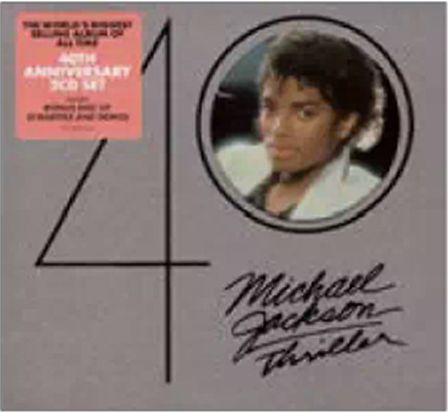
In addition to its musical significance, it is a true production highlight!
The new R11 Meta is now available in high-gloss white, black, and walnut finishes. I highly recommend taking a look at the beautiful walnut version. The microfiber grilles, which balance sound, aesthetics, and protection, were not available at the time of testing but will be included upon market release.
The other models in the R Meta series, including the smaller R7 and R5 floor-standing speakers, the R3 bookshelf speaker, and the R2 and R6 center speakers, along with the upward-firing Dolby Atmos modules, are also available in the same finishes. The R3 Meta is also available as a special edition in “Indigo Gloss,” while the R7 Meta comes in “Titanium Gloss.”
The R11 Meta is an absolutely fantastic and visually stunning speaker that brings some of the qualities of KEF’s high-end Meta models into a more accessible price range.
If you’re considering investing around €7,000, you should definitely give these speakers a personal listening test and take the time to experience KEF’s subtle but powerful performance. They don’t aim to impress with quick, flashy effects but provide a fatigue-free, long-term listening experience during extended sessions.
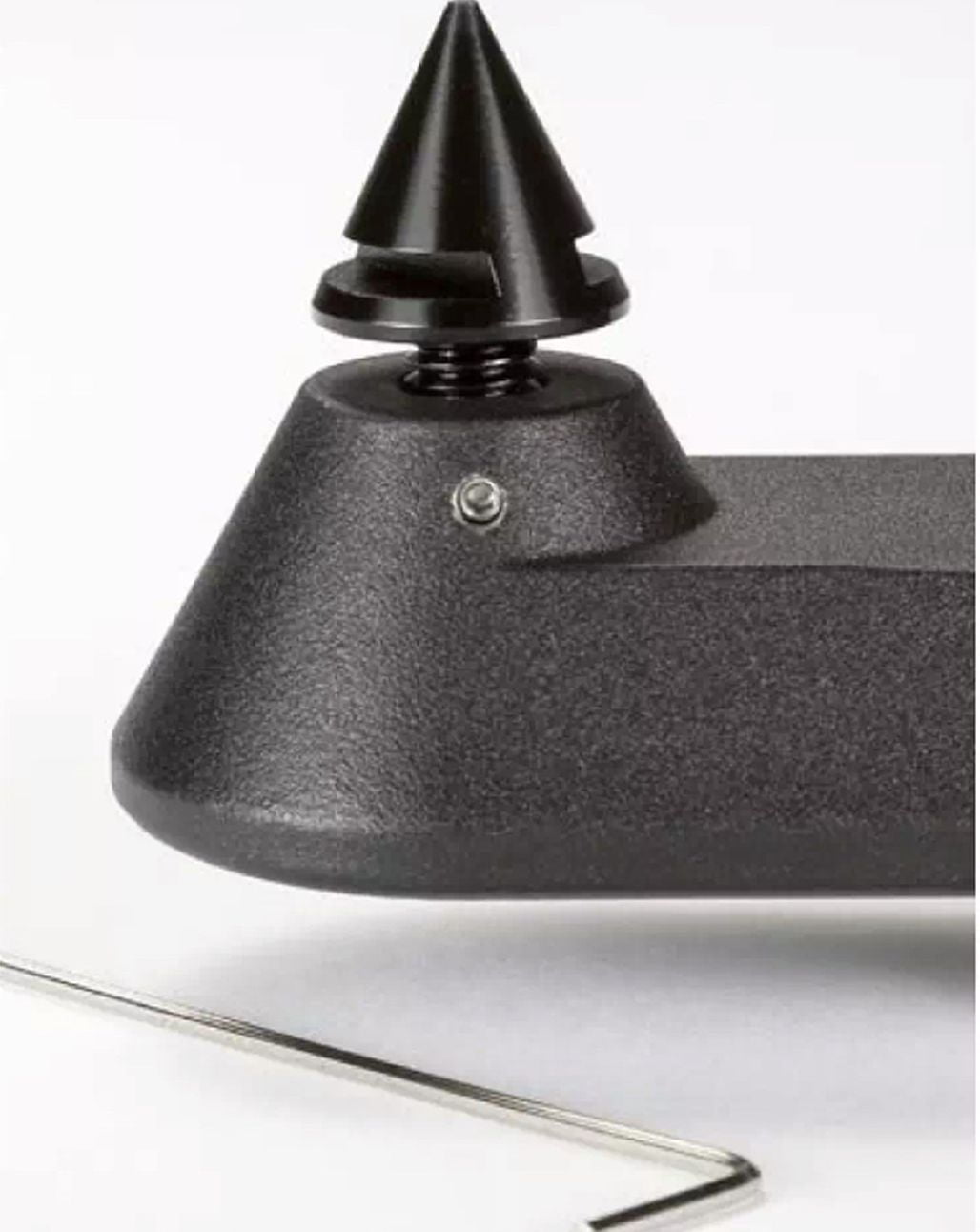
Once you fully engage with the KEF R11 Meta, it will continue to impress and easily become a long-term favorite for discerning listeners. Its improvements in the critical midrange and overall tuning make it audibly better than its already impressive predecessor, largely thanks to the lower distortion of the Uni-Q driver. Thank you, “Meta.”
In fact, considering how well the R11 Meta performed in our listening room, you might cheekily calculate that for roughly one-third the price of the nearly unaffordable Reference 5 Meta, you get about 90% of its sound quality. Now, if that’s not a tempting offer, I don’t know what is.
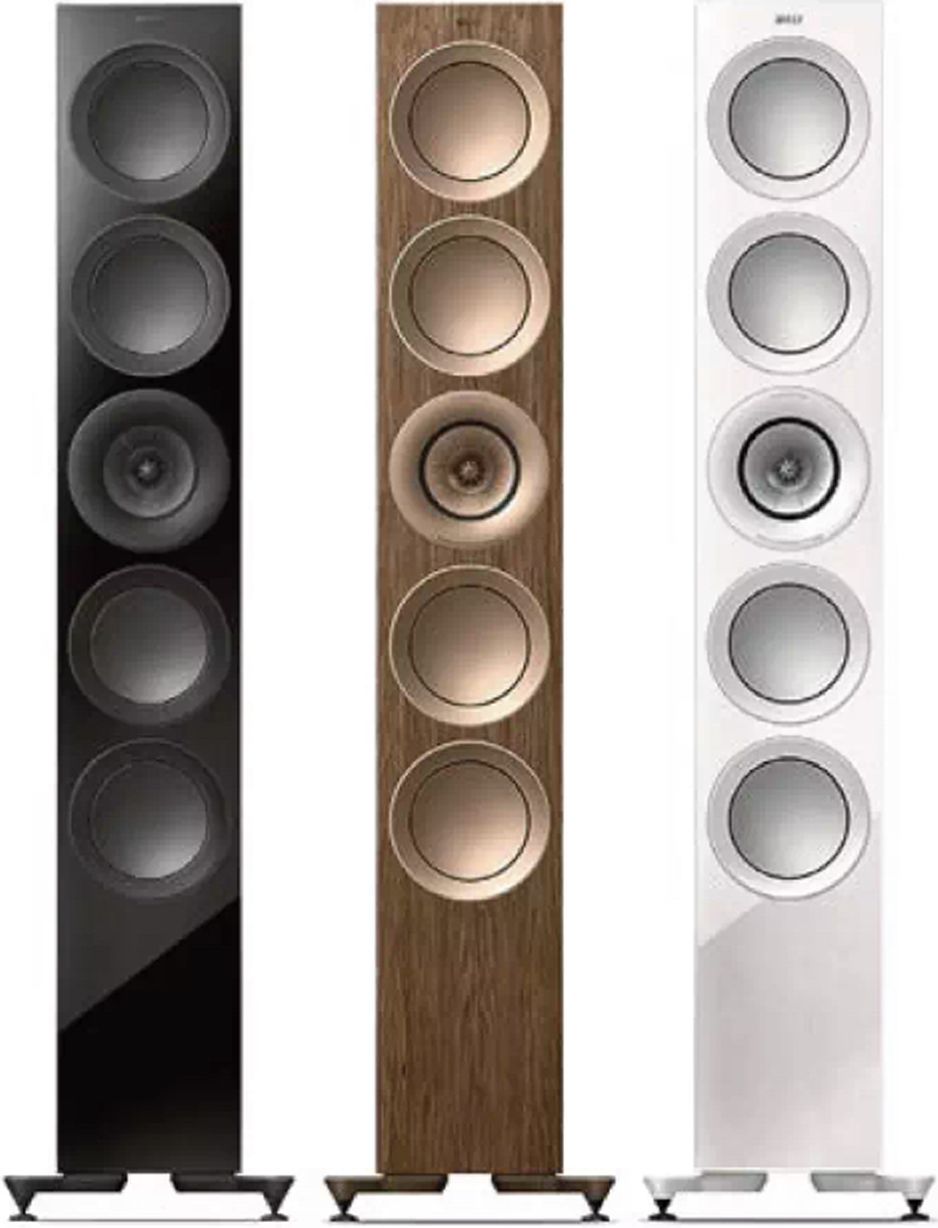
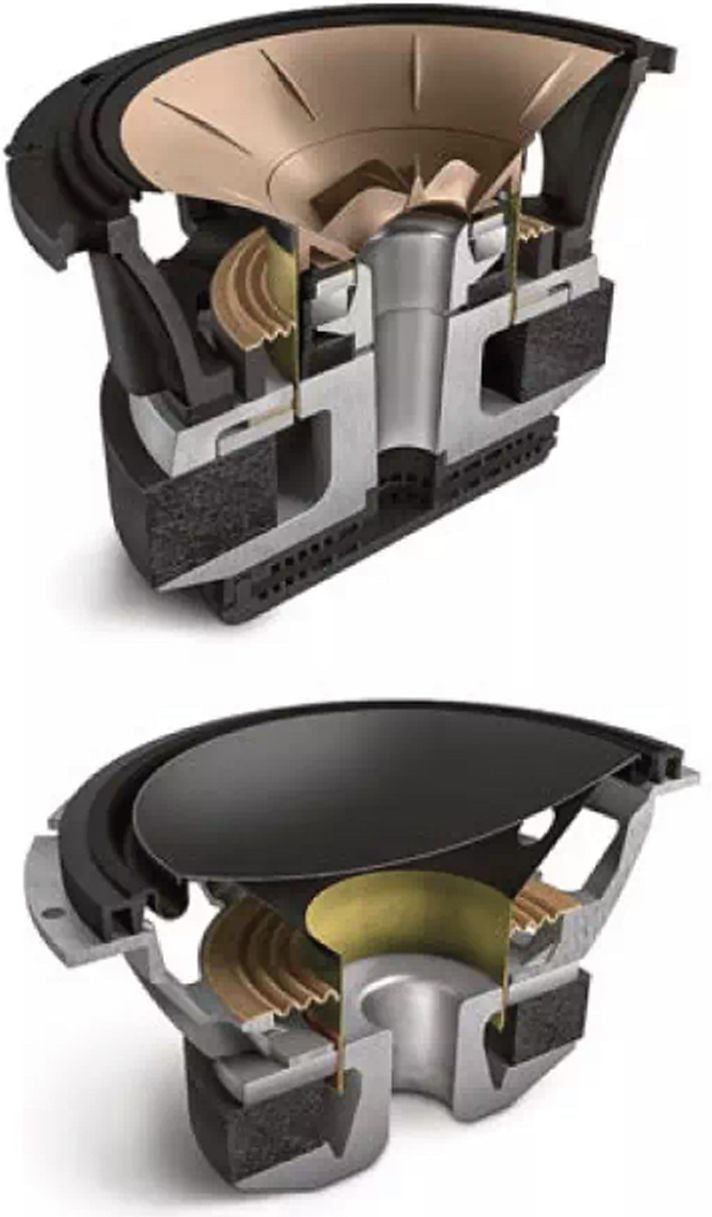
Specifications
Price: around €6,500 (available in high-gloss white, black, or walnut veneer)
Dimensions: 20x128x39 cm (WxHxD)
Warranty: 5 years
Attractive, slim floor-standing speaker with a very precise, organized, audiophile soundstage, strong foundation, and excellent timing. Its restrained tuning makes it ideal for long listening sessions without fatigue. Excellent!
Features: Three-way bass reflex design with Uni-Q coaxial driver, bi-wiring terminal with a special link instead of a cable bridge
DC Resistance | 4 ohms |
Minimum Impedance | 2.93 ohms at 630 Hz |
Maximum Impedance | 8 ohms at 2448 Hz |
Sensitivity (2.83 V/m) | 86.3 dBSPL |
Power required for 94 dBSPL | 13.37 W |
Lower cutoff frequency (-3 dBSPL) | 55 Hz |
Distortion at 63/3k/10k Hz: | 0.46/0.04/0.14 % |
Measurement Results

Lab Comment: Slightly midrange-focused, but still balanced frequency response. The speakers should be slightly toed-in. Good efficiency, fairly easy-to-drive impedance, extremely low distortion, and perfect timing.
Verdict
SOUND LEVEL: 9/10
PRICE/PERFORMANCE: 8/10
When you purchase through links on our site, I may earn an affiliate commission. Here’s how it works.








